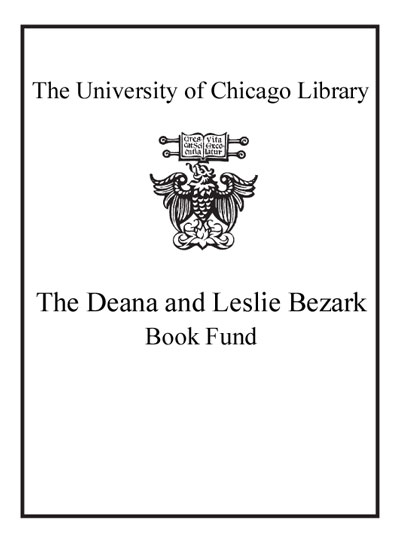|
|
|
|
| LEADER |
00000cam a2200000Ia 4500 |
| 001 |
9341264 |
| 003 |
ICU |
| 005 |
20140423135900.0 |
| 008 |
130501s2013 dcua 000 0 eng d |
| 010 |
|
|
|a 2013939525
|
| 020 |
|
|
|a 0309272270
|
| 020 |
|
|
|a 9780309272278
|
| 035 |
|
|
|a 9341264
|
| 035 |
|
|
|a (OCoLC)841520239
|
| 040 |
|
|
|a YDX
|c YDX
|d VVN
|d OCLCO
|d TXI
|d YZX
|d CTN
|d CDX
|d UtOrBLW
|
| 049 |
|
|
|a CGUA
|
| 082 |
0 |
4 |
|a 372.35/044
|2 23
|
| 090 |
|
|
|a LB1585
|b .N49 2013
|
| 245 |
0 |
0 |
|a Next generation science standards :
|b for states, by states /
|c NGSS Lead States.
|
| 260 |
|
|
|a Washington, D.C. :
|b National Academies Press,
|c 2013.
|
| 300 |
|
|
|a 2 v. ;
|c 21 x 26 cm
|
| 336 |
|
|
|a text
|b txt
|2 rdacontent
|0 http://id.loc.gov/vocabulary/contentTypes/txt
|
| 337 |
|
|
|a unmediated
|b n
|2 rdamedia
|0 http://id.loc.gov/vocabulary/mediaTypes/n
|
| 338 |
|
|
|a volume
|b nc
|2 rdacarrier
|0 http://id.loc.gov/vocabulary/carriers/nc
|
| 505 |
0 |
|
|a v. 1. The standards : arranged by disciplinary core ideas and by topics -- v. 2. Appendixes.
|
| 500 |
|
|
|a "The Next Generation Science Standards (NGSS) were developed by a group of 26 states working with a writing team of 41 national experts in science education, facilitated by Archive, Inc. Teams from each of the participating states provided writers with ongoing feedback and direction throughout the development process. In addition to input from the 26 lead states, all states had the opportunity to submit written feedback at regular intervals. Moreover, tens of thousands of suggestions were received during two public comment periods. The NGSS reflect a multitude of contributions from many stakeholders" -- from back cover.
|
| 520 |
|
|
|a Each Next Generation Science Standard (NGSS) has three aspects: disciplinary core ideas (DCIs) (content), science and engineering practices (SEPs), and crosscutting concepts (CCs). The NGSS concentrate on "a smaller set of DCIs that students should know by the time they graduate from high school, focusing on deeper understanding and application of content....The NGSS content is focused on preparing students for college and careers. The NGSS are aligned by grade level and cognitive demand with the English Language Arts and Mathematics Common Core State Standards. This allows an opportunity both for science to be a part of a child's comprehensive education and for an aligned sequence of learning in all content areas. The three sets of standards overlap and are reinforcing in meaningful and substantive ways" (p. xiii).
|
| 650 |
|
0 |
|a Science
|x Study and teaching (Elementary)
|0 http://id.loc.gov/authorities/subjects/sh85118594
|
| 650 |
|
0 |
|a Science
|x Study and teaching (Secondary)
|0 http://id.loc.gov/authorities/subjects/sh85118601
|
| 650 |
|
7 |
|a Next Generation Science Standards (Education)
|2 fast
|0 http://id.worldcat.org/fast/fst01921274
|
| 650 |
|
7 |
|a Science
|x Study and teaching (Elementary)
|x Standards.
|2 fast
|0 http://id.worldcat.org/fast/fst01108452
|
| 650 |
|
7 |
|a Science
|x Study and teaching (Secondary)
|x Standards.
|2 fast
|0 http://id.worldcat.org/fast/fst01108500
|
| 710 |
2 |
|
|a NGSS Lead States.
|1 http://viaf.org/viaf/761159474069727660735
|
| 903 |
|
|
|a HeVa
|
| 929 |
|
|
|a cat
|
| 999 |
f |
f |
|i ecc5ffe2-43c7-5515-b397-bd9525fa6413
|s 6ee5cd11-f10b-508a-85c5-adfe7f02a7a9
|
| 928 |
|
|
|t Library of Congress classification
|a LB1585 .N49 2013
|p f
|l JRL
|c JRL-Gen
|i 703976
|
| 927 |
|
|
|t Library of Congress classification
|a LB1585 .N49 2013
|p f
|v v.2
|l JRL
|c JRL-CMC
|e beza
|b 107642862
|i 9210576
|
| 927 |
|
|
|t Library of Congress classification
|a LB1585 .N49 2013
|p f
|v v.1
|l JRL
|c JRL-CMC
|e beza
|b 100592147
|i 9210575
|

